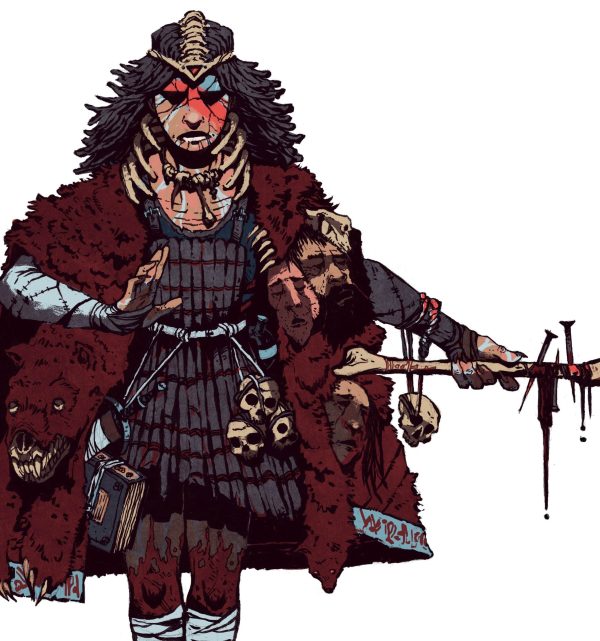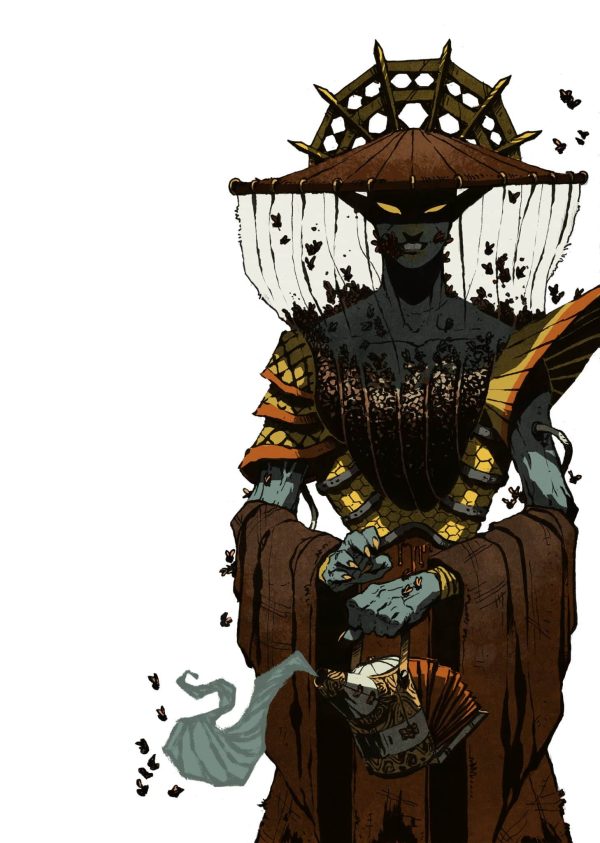Witch Class Breakdown

There is a disease, deep in the City Beneath, that worms its way inside the blood and binds the victim to the place; they become a part of something far greater than themselves.


There is a disease, deep in the City Beneath, that worms its way inside the blood and binds the victim to the place; they become a part of something far greater than themselves.

The Deep Apiarist is a magical weirdo. Are most of the classes in Heart magical weirdos? Yes. But they take it to a new level.
Your basket is empty